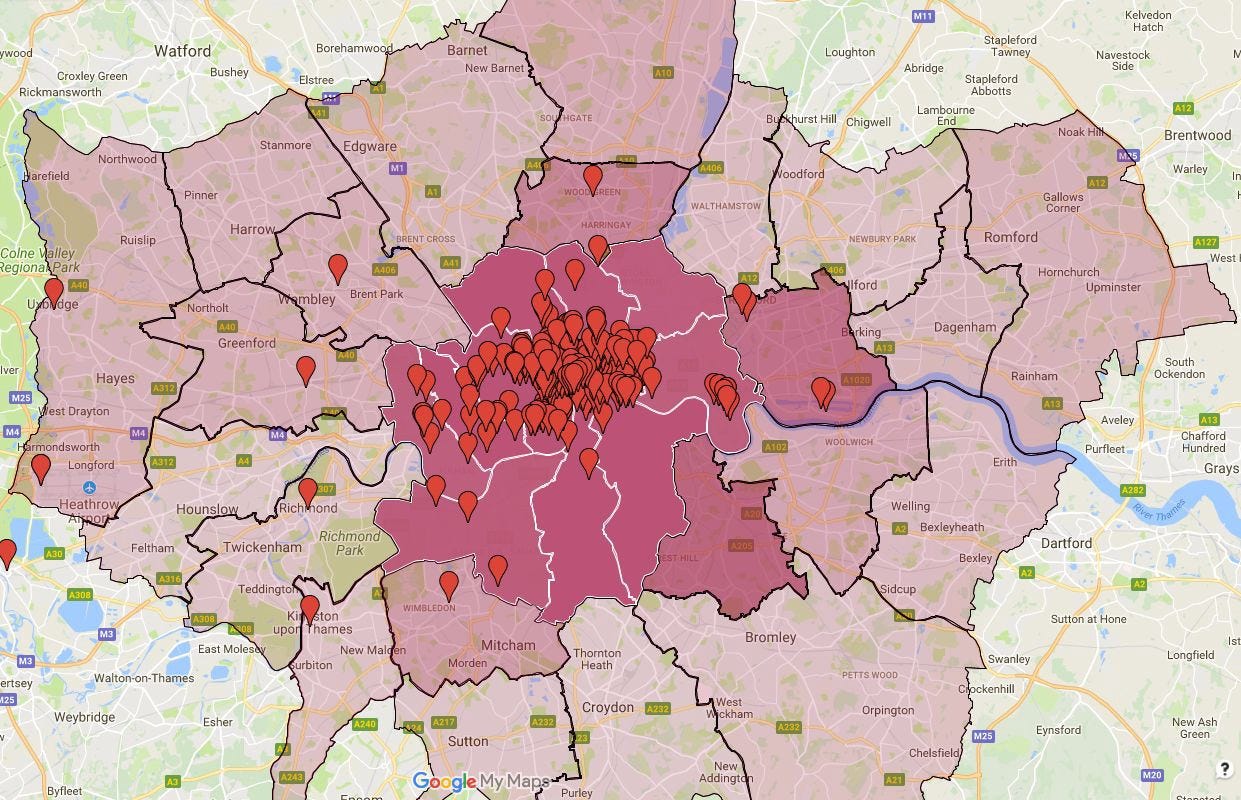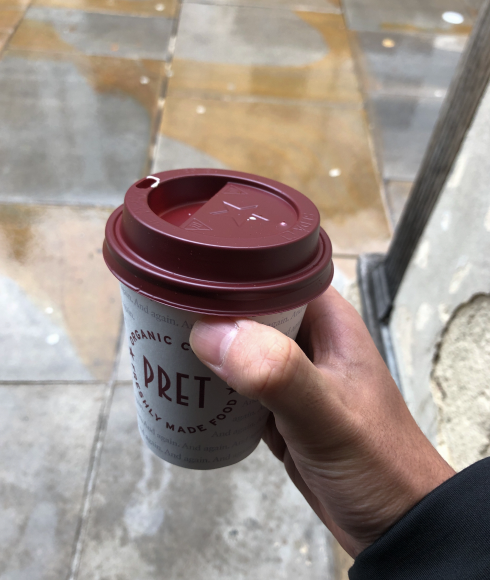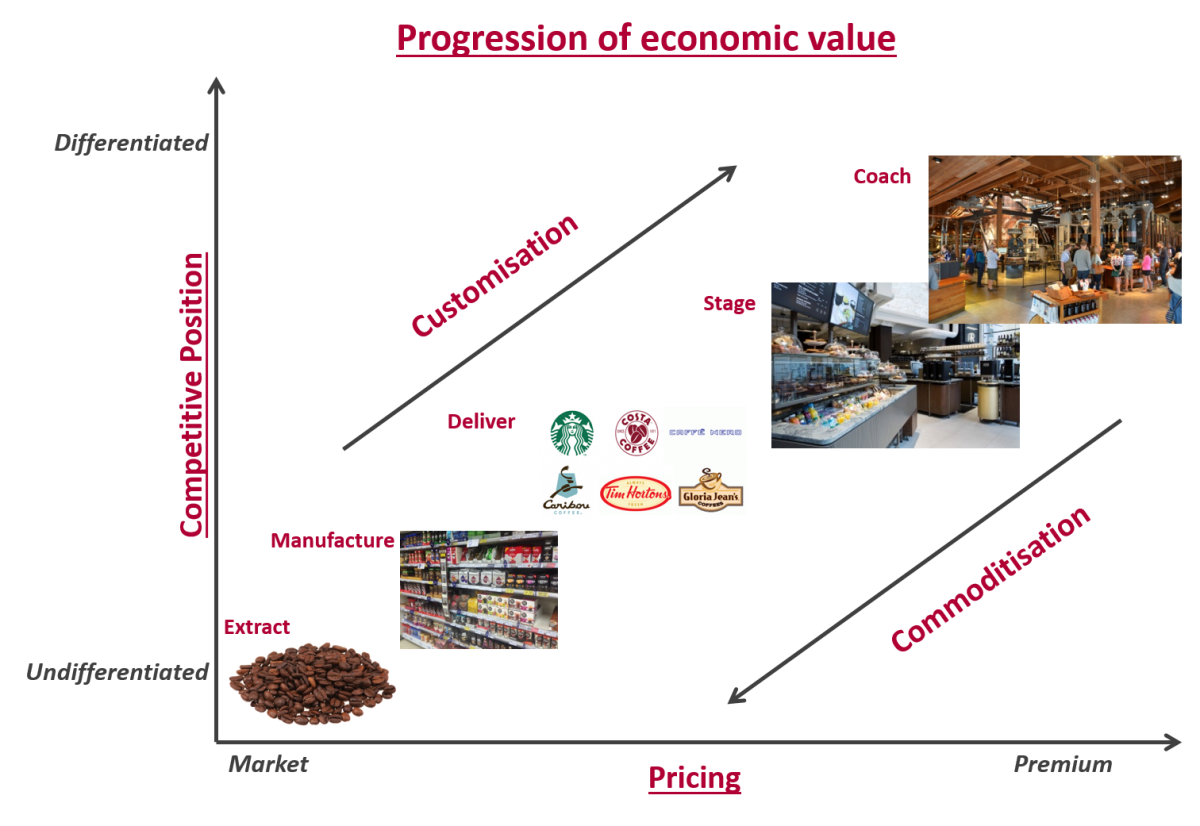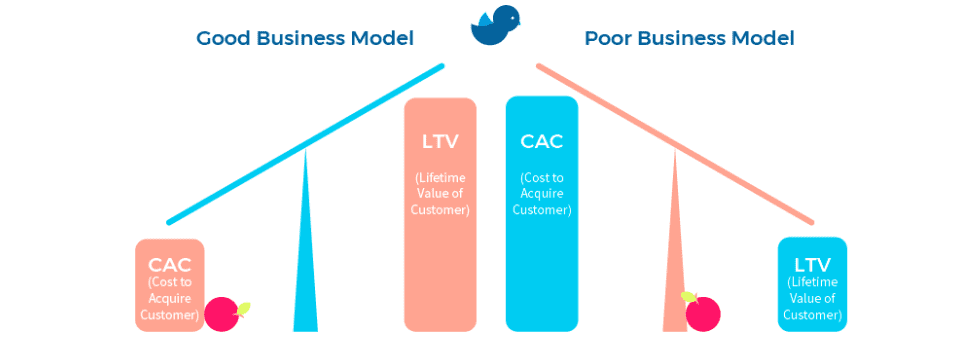Prêt à Manger’s £20/month subscription plan has received a consistently bad reception. In my opinion, that’s a bit rough.
As a (former) subscriber, I do think that Pret has overdelivered my expectations of the “subscription experience”. With a month of coffee for free, Pret has converted me from a tea-lover into a freshly minted coffee-addict. How brew-tiful!
Still, is Pret’s subscription worth £20/month?
Furthermore, Pret’s move to copy Netflix’s playbook of subscription model is baffling.
How can Pret make money? Did Pret make a smart move?
This article will cover:
- Is it worth £20/month?
- How does Pret make money from subscription?
- Is Pret’s subscription a smart move?
- Takeaways for you and me
1. Is it worth £20/month?
As consumers, we all face one simple question: does this subscription save us money? Well, there are three scenarios
A. Yes, if you get at least 10 drinks per month
Well, let’s say your go-to drink is a Latte, Mocha, Cappuccino or a Flat White. These common orders are all priced £2.50 at Pret, although price varies across locations. Do remember that you can also get tea, smoothie, or frappes.
10 of these a month without a subscription (£25) is already worth the £20 subscription. And 10 coffees a month is about 3 coffees a week.
Then the question is, can you at least get 3 coffees from Pret a week?
- If you are living in a uni town……
Get one in the morning before heading to library. Get another one when you go back to student accommodation from library. And then do this again on another day of the week. Easy.
- If you are working in London……

Pret is everywhere in London….
Let’s say you get coffee anyways on your commute to work every day Monday to Friday. That’s five coffees a week! Easy.
B. Yes, if you could buy 140 coffees a month
At £2.50 a coffee, 140 coffees would usually cost £350 a month. With subscription, you pay £20 for £350 worth of drinks!
This sounds incredible. If you do want to try to max. out your gains, you can mix up your orders. Every day, get 2 coffees, 2 frappes, and perhaps 1 tea.
But realistically, I would have been fed up with Pret.

My favourite: hazelnut flat white
C. No, because you will eventually spend more than £20/month
First, paying £20/month upfront means that you have to stick with Pret, even if there is no Pret near you.
Second, are you getting only coffee each time you visit a Pret store? If you go in lunch hours, you will be tempted to get sandwiches or baguettes (~£3) or salads or wraps (~£4).
So if you get lunch there every day too, you will quickly spend more than you usually do.
And remember: you can only get 1 drink every 30 minutes. If you want to make the most out of your subscription, you have to visit Pret more frequently.
2. How does Pret make money from subscription?
On average, subscription does not save any money for consumers
Pret allows you to take a maximum of 5 coffees per day. That is 35 coffees per week.
However, Pret only sells ~5 coffees per week to an average customer. How many times have you got a drink from the same shop this week? Just a few times, right?
Let’s say you are already saving money by getting two coffees per week at £3.50 (how much hazelnut strong flat white costs). That’s saving £8 each month!
If you want to save more, you can get 10 coffees per week instead. Grab a flat-white on commute to work. Grab a frappe in lunchtime. Grab another flat-white on your way to meeting.
You have now changed your behaviour:
- You visit five times more per week. You are more likely to buy something else (snack, lunch, drink for someone else) per visit
- If you have meetings in Pret as well, you bring other people who might not have subscriptions. They will pay full price e.g. £3 per drink
Thanks to you, Pret’s revenue increases by a lot (and no, we won’t do the maths here).
On top of the £5 per week subscription, you easily bring in another £5 per week for Pret.
£5/week more for Pret is £5/week less for Pret’s competitors
Do you still remember Starbucks, Costa and Caffe Nero?

Costa v Pret v Caffe Nero v Starbucks
They sell the same coffee at the same price. But why have you chosen to go to Pret instead?
You become more loyal to Pret when sunk-cost (£20) is involved.
3. Is Pret’s subscription a smart move?
I mentioned earlier than Pret has borrowed heavily from the Netflix/Spotify playbook. To be precise, Netflix/Spotify’s business model is called Software as a Service (SaaS), also called a subscription model. So, to what extent does the SaaS model apply to Pret’s coffee business**?**
First, are customers going to pay for Pret’s subscription?
You subscribe to Netflix because frankly, it is the best streaming service available. Do you subscribe to Pret because it has the best coffee?
Unfortunately, we can’t really compare Sofware to Pret’s drinks because Pret’s core product — coffee — is a commodity (largely). It means that there is no product differentiation between a Starbucks latte and a Pret latte. At least I can’t taste nor “feel” the difference.

“Deliver” has also become a commodity now…
Coffee chains know this and so they try to differentiate themselves in other ways. For Starbucks, it’s the brand loyalty. For Pret, it’s their prime locations in London.
Therefore, compared to Netflix/Spotify’s subscription for access or Peloton’s subscription for ownership, Pret’s subscription is a play on sunk-cost.
Customers only care how much they have paid in advance and how many coffees they get to make the subscription worth. In this case, ****customers are price-sensitive.
Second, how much should Pret charge?
Time to do some maths! Let’s borrow some metrics from SaaS:
- MRC (Monthly Recurring Costs)
The monthly cost of serving the customer. For Pret, this is the monthly cost for producing drinks.
Intuitively, the more drinks you get with a subscription, the higher MRC is!
- MRR (Monthly Recurring Revenue)
The monthly revenue from subscriptions (£20) and other purchases. As we talked above, you will eventually spend more than £20 on Pret each month i.e. MRR > £20.
- CAC (Customer Acquisition Cost)
The cost to acquire a customer. Pret offers you the first month for free so that’s their CAC.
- LTV (Life Time Value)
The revenue received from a customer in the “lifetime” of subscription. If an average subscribes for 6 months, the LTV is 6*MRR.
- Churn
The % of customers who unsubscribe from subscription. Pret has made cancellation pretty difficult so that is going to reduce their churn rate!
Now we know what MRC, MRR, CAC, LTV and churn are. What’s the point?
The point is: all subscription businesses should maximise their LTV/CAC ratio. To put it simpler: the more revenue Pret gets out of you without giving you discounts, the better.

The larger LTV, the smaller CAC, the better.
LTV has limited upside potential because the ball is in the customers’ court. Customers decide how much they are going to spend on Pret in their subscription “lifetime”.
However, CAC is up to Pret. I’m sure you know a lot of people who signed up for the free first month. Isn’t it stupid to give away coffee for free for a month?
You see, with a month of coffee free, customers who usually do not go to Pret now get coffees from Pret. Pret has stolen market share from other coffee chains.
But I would argue that the greatest potential here is to grow the market.
Before Pret’s YourBarista, I didn’t really drink coffee, not to mention pay for coffee. I prefer tea over coffee, and hot chocolate over tea.
After enjoying a month of free coffee from Pret, I have become addicted to caffeine, although I’ve cancelled my subscription now.
Let’s assume around 20% of newly converted coffee-addicts become full-paying customers. That would be great results for Pret.
The first free month converts non-coffee drinking customers into coffee-addicts.
This is also called the Blue Ocean Strategy. Grow into the “Blue Ocean” new market space and create new demand. By contrast, “Red Ocean” is full of competition and blood.

Red Ocean is overfished. Blue Ocean is the uncharted waters, literally.
Pret has avoided the Red market competing with Starbucks, Caffè Nero, Starbucks and Costa. Instead, it navigated into the “blue ocean” and grows the coffee-chain market.
Here’s more on Blue Ocean Strategy.
Success, then, depends on how much consumer growth Pret can get from blue ocean, and how much it can charge its subscribers.
4. Key Takeaways
For consumers: should you subscribe to Pret?
No, if you drink coffee less than 3 times a week. Duh. If you still don’t know why, scroll up to read the part where I explained how the maths works.
Yes, if you drink coffee more than 3 times a week. Although now you will have to stick to Pret for coffee, you are making great savings with at least ~£20 a month!
If you are working/studying in London, get Leon’s over Pret’s. You can save much more and treat your friends and family to a “free” latte.
For Pret
Unless Pret can sustain its currently level of CAC (a month of free coffee) against Leon and other potential new entrants, moving into subscription is a strategic mistake.
It has gained first-mover advantage in the Subscription Battle. But can it sustain its level of hype?
Coffee is a commodity. So coffee subscription is ultimately all about price.
Pret has unintentionally framed the narrative as “cost-saving”. When all consumers think of is how to save £, the competitors will race to the bottom.
A price-war is inevitable. And Pret will lose the Subscription War that it started.
Great for us consumers but terrible for Pret and its competitors.
What a great time to be a coffee addict.
To conclude: one man’s meat is another man’s poison.
If you want to read more about Pret’s subscription User Experience and an in-depth discussion of the subscription model, check out the original posted on Medium.

